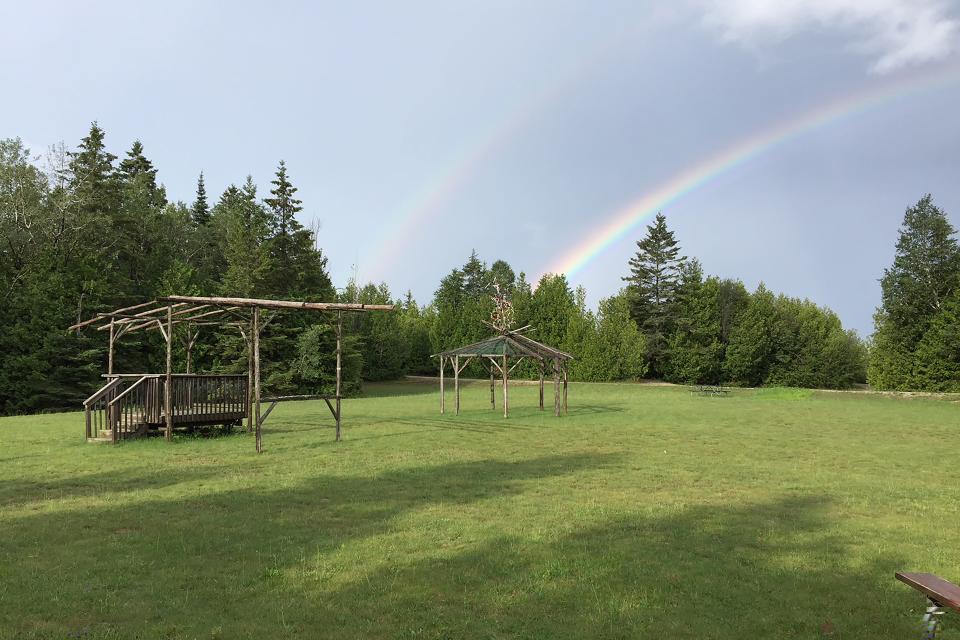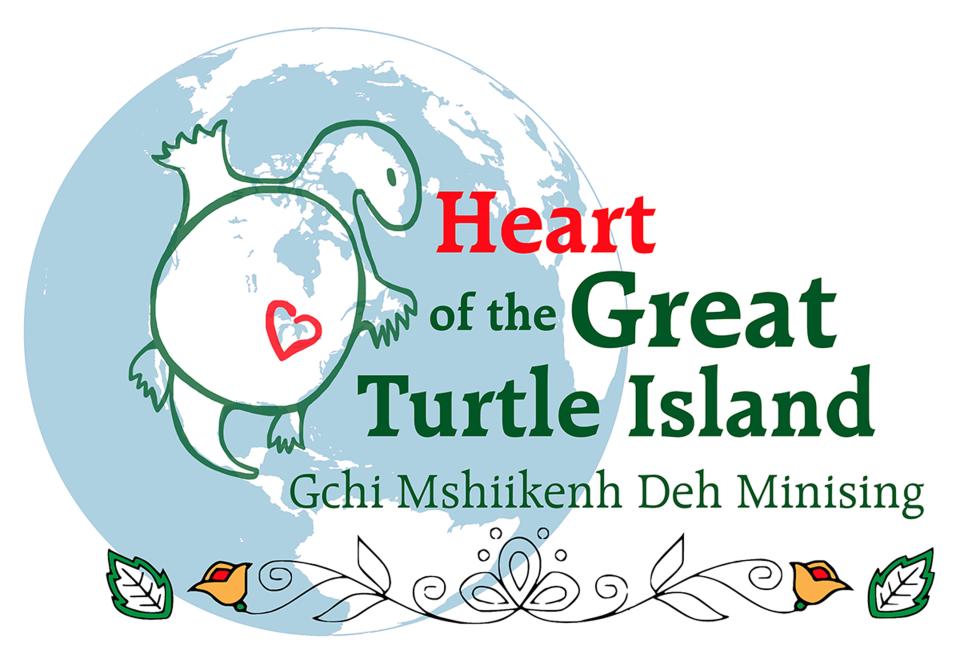Father Marquette memorial in St. Ignace to expand with help of $3.6 million grant

- Oops!Something went wrong.Please try again later.
ST. IGNACE — The Department of Natural Resources is teaming up with Michigan tribes and other entities to rebuild a memorial to Father Jacques Marquette in St. Ignace with the help of a new $3.6 million grant.
In 2000, a bolt of lighting struck the Father Marquette memorial museum in St. Ignace and the building burned to the ground. That area has been empty since, and the original memorial to Father Marquette stands alone in Straits State Park. The area is commonly used for powwows and other local tribal events.

The memorial has stood since 1976 to commemorate the 17th-century missionary-explorer who helped found Sault Ste. Marie and St. Ignace. The Straits State Park monument is one of 18 Marquette monuments in the country.
"His diaries and the diaries of other French traders and missionaries really framed how we've traditionally told the story of what happened in Michigan history," said Tobi Voigt, DNR director of museums.
In 2017, the DNR teamed up with Moran Township and Native American tribes in the region to rebuild the memorial in a more inclusive and historically accurate way.
"It quickly became apparent that we had an opportunity to tell a more complete and accurate side of the story by really engaging with Michigan's federally recognized tribes," said Voigt. "The Straits of Mackinac are historically significant to almost all the tribes of the Anishinaabe, and this is their chance to share what Father Marquette really found when he got here."
Subscribe: Get unlimited access to our content
The memorial as it stands is a large domed structure open to the air that includes maps and stories of where Marquette explored in the Upper Peninsula.
The DNR announced this week that it has received a $3.6 million grant from the Mellon Foundation’s Monuments Project, a program designed to help commemorative projects across the country, for the memorial. Grants from individuals, the National Endowment for the Humanities and the Michigan Natural Resources Trust Fund are also supporting the project.
Along with Moran Township and the DNR, the Sault Ste. Marie Tribe of Chippewa Indians, the Mackinac Straits Health System and Lake Superior State University have all been involved in the project. The Bay Mills Indian Community, Little Traverse Bay Bands of Odawa Indians and Match-E-Be-Nash-She-Wish Band of Potawatomi Indians (Gun Lake Tribe) have also joined the Sault Tribe and the Michigan History Center in creating the historical content plan for the site.
“The project has an amazing potential to tell a story of the region that has been missing, a perspective led from Native Americans with ancestral ties to the area,” said Austin Lowes, chair of the Sault Ste. Marie Tribe of Chippewa Indians, in a statement. “This investment from the Mellon Foundation will allow visitors to connect with a period of time through the lens of Native Americans that will aid in their understanding of how important the earth, the land and the waters are to everyone’s way of life. This has been a real collaborative effort with the state and tribal partners and has long had the support of our entire board of directors.”

The project will be called Gchi Mshiikenh Deh Minising/Heart of the Great Turtle Island. According to the DNR, the name reflects an Anishinaabe view of the Great Lakes as the heart of North America and a creation story that begins at the Straits of Mackinac.
The plans call for rebuilding the commemorative structure as a learning commons instead of a museum. The commons will be a year-round meeting place and program area that will host various classes on the history of the area, with a special focus on the local tribes.
The project will also include the addition of educational walking trails, public art installations and new structures for the powwow grounds.
According to the DNR, the overall goal of Gchi Mshiikenh Deh Minising/Heart of the Great Turtle Island is to recenter the narrative around the Anishinaabe people and cultures whose history provides context for Father Marquette’s experiences in the region.
"Our goal is to tell the story, fair and balanced and acknowledge all perspectives," said Voigt.
The DNR plans to begin construction this summer, with completion expected sometime in 2025.
— Contact Brendan Wiesner: BWiesner@Sooeveningnews.com
This article originally appeared on The Sault News: Father Marquette memorial in St. Ignace to expand with help of $3.6 million grant

